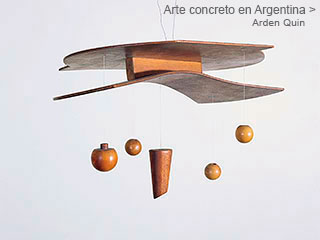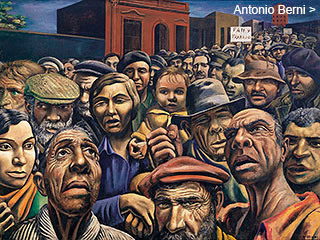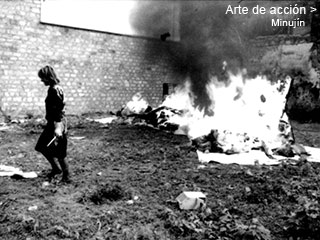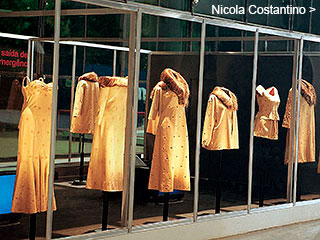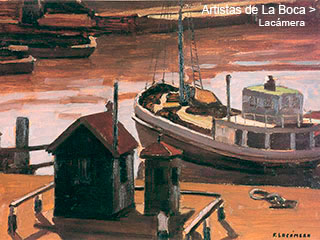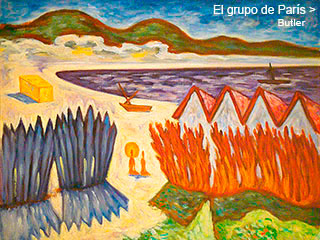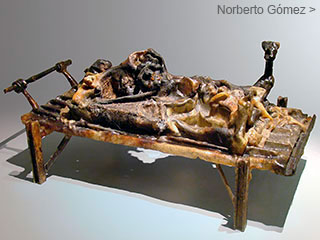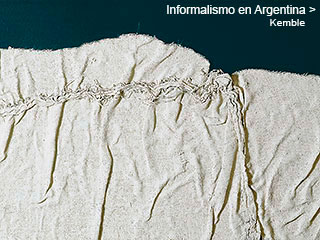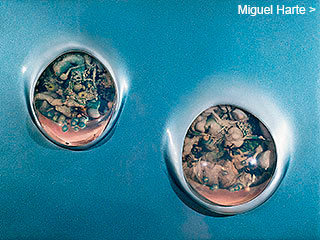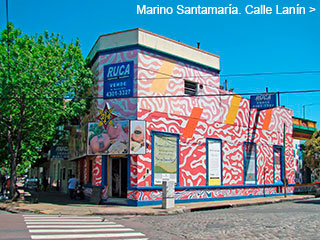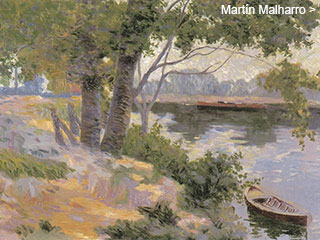Menú
Algunos dossiers
Norberto
Gómez
Gómez
by
Adriana Lauria and Enrique Llambías
March 2006
March 2006
This dossier covers forty years of Norberto Gómez’s work, from his minimalist constructions of 1966 and 1967 to the anti-monuments he produced in polyester and bronze in the nineties. In between, his series of “guts”, organic remains, weapons and “plasters” punctuate a long career that has enriched the Argentine art scene.
1984
He closes the cycle of polyester works that foreshadow his series of weapons and instruments of torture. These works, exhibited at the Tema gallery under the title Por amor al arte (“For Art’s Sake”), are of a whitish colour obtained by using calcium carbonate, and large in size, often surpassing the scale of the originals they spring from. They represent a monstrance, a baptismal basin, and a sort of medieval whip with a mace attached to it, barbed wire and a crutch – objects that seem to refer to repression, torment, lack of freedom, enslavement, and even the need of transcendence through communal ritual. As the artist says, clearly alluding to his previous work and drawing a comparison, “paleness refers to bloodlessness. Once the blood is taken away, circulation, life, all of that becomes a symbol.” 
After ten years he closes down his workshop in Sarandí and moves out. He keeps paying the rent for a long time but does not work in it again. Later he will say this was a kind of flight motivated by the need to liquidate the series of works that had demanded so much from him, and to move on. He was looking
more


